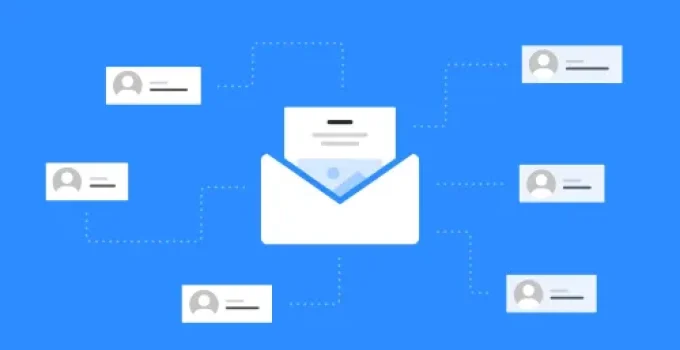A successful email marketing campaign hinges on its ability to reach the intended recipients. One of the most significant obstacles to this goal is high email bounce rates, which can not only skew campaign analytics but also damage your sender’s reputation over time. Understanding and implementing strategies to reduce email bounce rates is crucial for any email marketer looking to optimize their outreach efforts.
Understanding Email Bounces
Email bounces are broadly categorized into two types: hard bounces and soft bounces. Hard bounces occur when an email is sent to an invalid or closed email address, while soft bounces are temporary issues, such as a full inbox or a server problem. Reducing both types of bounces is essential for maintaining a healthy email list and ensuring your messages reach their targets.
Regular Email List Cleaning
The cornerstone of reducing bounce rates is the regular cleaning of your email list. This involves removing invalid, inactive, and unresponsive email addresses. Tools like ZeroBounce free service provide a comprehensive solution for email verification, identifying and removing problematic addresses before they impact your bounce rates.
Segmentation and Personalization
By segmenting your email list based on user behavior, preferences, and engagement levels, you can tailor your content to suit your audience better. Personalized emails are more likely to be opened and less likely to result in bounces, as they resonate more with the recipient’s interests and needs.
Double Opt-In Process
Implementing a double opt-in process is a proactive measure to ensure that your email list comprises individuals genuinely interested in receiving your communications. This process involves sending a confirmation email to new subscribers, asking them to verify their email address. This not only confirms the validity of the email address but also reduces the likelihood of bounces from disengaged subscribers.
Monitor Email Engagement Metrics
Keeping a close eye on engagement metrics such as open rates, click-through rates, and conversion rates can provide insights into the health of your email list. A sudden drop in these metrics might indicate issues with email deliverability or engagement, prompting a need for list cleaning or strategy adjustments.
Manage Sender Reputation
Your sender reputation influences how email service providers (ESPs) handle your emails. A poor reputation, often exacerbated by high bounce rates, can lead to your emails being blocked or sent to spam. Maintaining a good sender reputation involves regular list cleaning, adhering to best email practices, and ensuring your emails provide value to the recipients.
Conclusion
Reducing email bounce rates is not just about improving individual campaign performance; it’s about safeguarding your long-term email marketing strategy. By employing tools like ZeroBounce for email verification and adhering to best practices in email list management, you can significantly enhance the reach and effectiveness of your email marketing efforts. Remember, a clean email list is the foundation of a successful email campaign.



